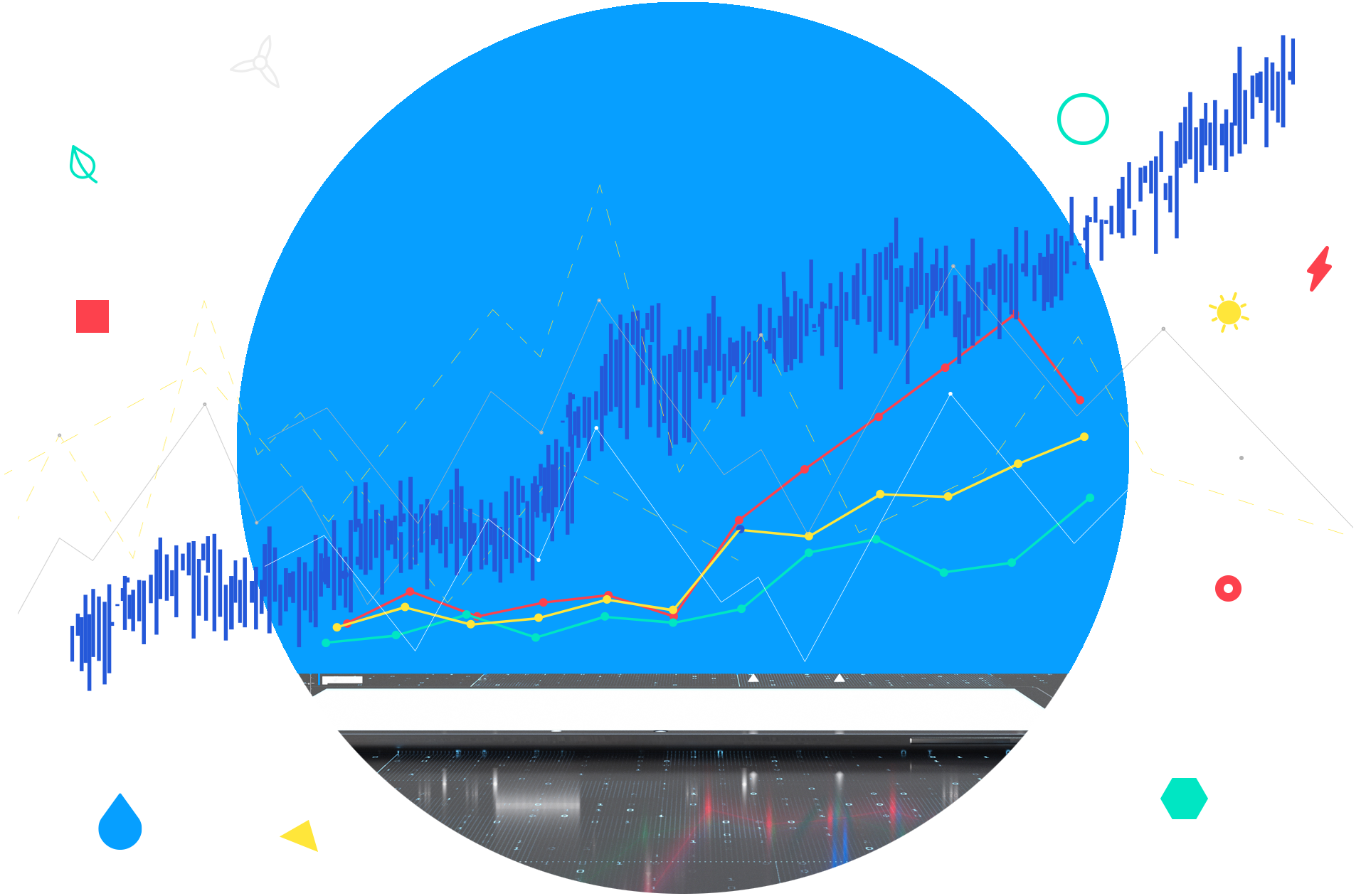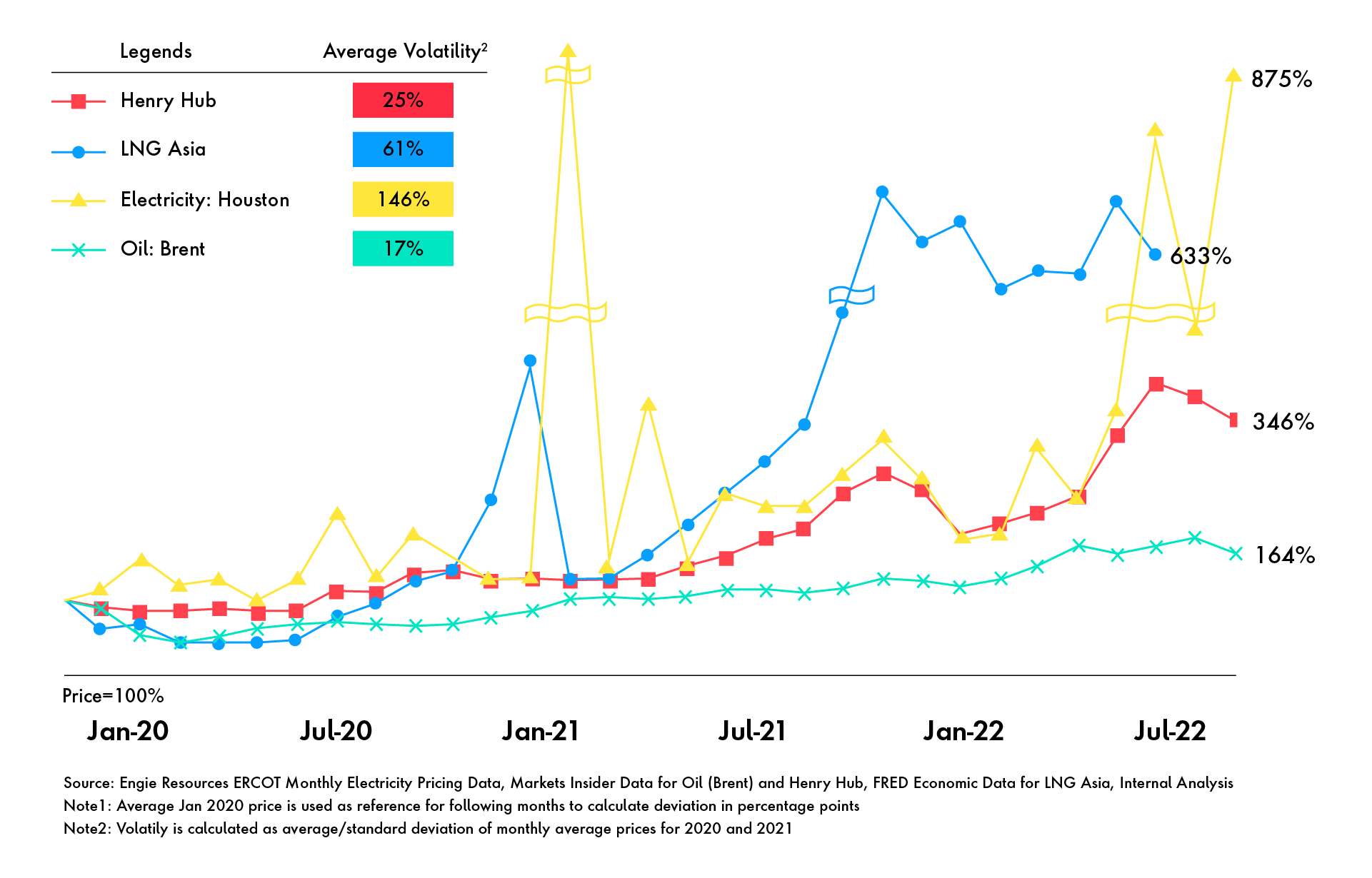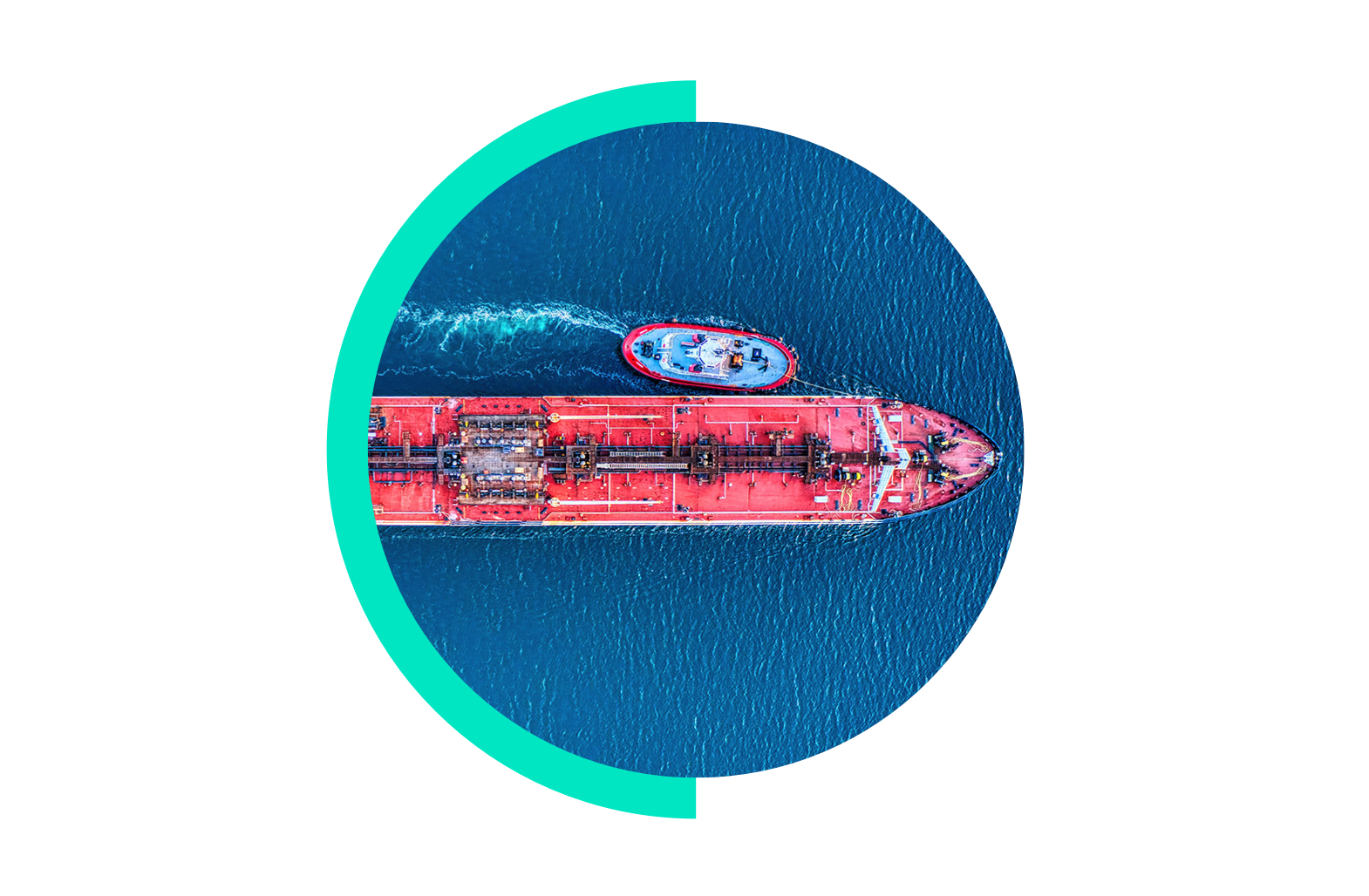What issue can we solve for you?
Type in your prompt above or try one of these suggestions
Suggested Prompt



Energy & Commodities
How Next-generation Operating Models Will Affect Future Trading in the Energy Market
How Next-generation Operating Models Will Affect Future Trading in the Energy Market
Boris Leshchinskiy, Masud Haq and Will Dusek
Executive Summary: The Future of Energy Trading
- Expect unprecedented energy cycles with hyper-connected energy flows, new commercial opportunities and more complex structured deals
- Prepare to deal with a higher frequency of extreme events, complex energy transitions and volatility requiring real-time position management capabilities to make optimal decisions across portfolios
- To remain leaders, energy trading organizations should focus on:
- Monetizing various emerging commercialization opportunities
- Advancing operating models to strengthen trading capabilities
- Breaking the ETRM monolith to activate emerging opportunities

What are the challenges affecting energy companies’ ability to trade successfully in the future?
The energy market is in the midst of a transformation as the world transitions to cleaner, more sustainable power resources. Over the next several decades, volatility will define the market—and bring opportunities for growth.
Energy transition and volatility are making life more complex
War in Europe and extreme weather events in Texas have sent shockwaves across trading markets. Is this volatility a one-off incident based on the constellation of these unique, unforeseen events? Or will volatility become a new normal, magnified by energy transition and the push for carbon neutrality by 2050?
This energy transition will be different and far more complex compared to previous energy shifts. The 19th century became the “century of coal” as energy consumption transitioned away from wood. By the next century, oil had surpassed coal as the world’s primary energy source. The coming energy transition differs from past ones in a critical way: The world will not have a single favored energy source in the foreseeable future. Instead, it will depend on various interconnected energy sources (Figure 1).
-

Figure 1: Primary energy mix, %
The growth of hydrogen and batteries will add complexity to composite value chains and further fragment secondary energy sources. According to current projections, hydrogen will account for 11 percent of global natural gas consumption and 12 percent of electricity consumption by 2030. Similarly, battery storage will amount to around eight percent of the total renewable power capacity projected to be installed by 2030, ensuring minimum intermittency, maximum reliability and new arbitrage opportunities.
Customers will have more choice in how they power their lives, leading to more competition across commodities. Volatility could remain as switching drives swings in demand (Figure 2).
-

Figure 2: Energy price index, based on Jan 2020 prices, %
Organizations should revamp their strategies to remain trade energy leaders
To remain leaders and spur growth, trading organizations are finding ways to adapt their strategies across existing assets and new value pools in each of the core sectors:

Natural gas and liquefied natural gas (LNG):
Energy markets are becoming more globally interconnected. This trend challenges trading organizations to shift their approach to risk management within highly volatile natural gas and LNG portfolios, enabling them to monetize intraday volatility and manage their positions in real time. Trading organizations can shape their decisions around asset footprint optimization. This would allow them to create a single-market view by integrating proprietary knowledge with existing asset positions and third-party insights. Trading organizations can make more informed, agile decisions when they adjust their management mindset to react quickly in real time rather than delaying these decisions until end-of-day.
Renewable power and fuels:
Trading organizations increasingly focus on using proprietary capabilities to maximize returns across their commodity desks. These organizations can design effective ways to incorporate commodities into new commercial structures, redefining the requirements for their risk-management capabilities. For example, North American power traders can monetize energy transition volatility in two ways:
1. Invest in generation assets, batteries and natural gas
2. Leverage proprietary operational knowledge—such as utilization, retirements and battery-system performance—to optimize margins
Ecosystem partnerships:
Trading organizations are working more closely with asset development functions to orchestrate ecosystem partnerships and deliver various energy projects, such as a combination of oil and gas investments, Carbon Capture and Storage (CCS), hydrogen and renewables. Organizations can leverage proprietary trading insights to help cross-industry partners manage emerging commercial risks, structure contracts and oversee more complex deals. Organizations can build more diversified portfolios with mixed assets and investments vehicles to meet the challenges of the upcoming energy transition. To prepare, trading organizations can ask themselves two questions: Can they leverage blocks of existing trading strategies and operating models for new ecosystem partnerships? Which blocks should they build up?
Avoid silos and redundancies by advancing operating models
Though trading organizations should continuously search for new sources of growth, they should also develop operating models to activate new value pools. Traders could look to the three-building block operating model to guide commercial positions in the future (Figure 3). For instance, over the last 15 years, trading organizations shifted from relying on Enterprise Resource Planning to Energy Trading Risk Management (ETRM) to manage their positions since accounting-focused Enterprise Resource Planners were not equipped to handle end-of-day position reporting. Today, the need for real-time position and risk management drives organizations to adopt a modular solution architecture that is beyond the capabilities of existing ETRMs. They trade a lack of capabilities inside the ETRM for new capabilities outside it.
-

Figure 3: Building blocks of future trading operating model
Transform energy trading strategy with a product mindset, agile delivery and modern engineering
Organizations will remain leaders and spur growth in the coming decades by transforming their trading system architecture and activating our best-in-class operating model. These three steps are essential to a trading transformation that delivers short- and long-term value:
Publicis Sapient is here to help organizations navigate their journey
To discuss how to address the emerging opportunities for trading organizations and the detailed findings behind this perspective, please contact:
Related Reading
-
![]()
The Transformation Roadmap for Energy Trading Organizations
Digital transformation is a journey. Organizations can find their way forward by investing in efficiency, agility and growth.
-
![]()
Why Energy Companies Need a New Approach to IT
Read why today’s IT systems need to adapt quickly and cheaply, and how collaboration and agility are the secrets to success.
-
![]()
Winning Strategies for Oil Price Volatility During Covid-19
The outbreak of Covid-19 has caused a dramatic drop in demand for oil products, affecting the entire oil and gas sector. Read our POV on how to manage oil price volatility during Covid-19.









